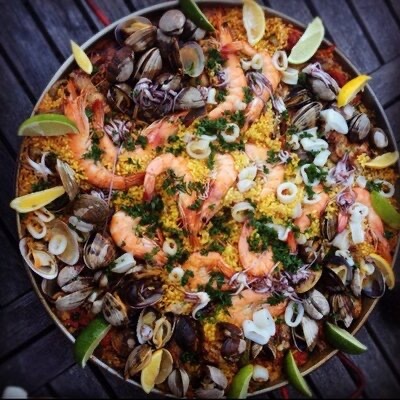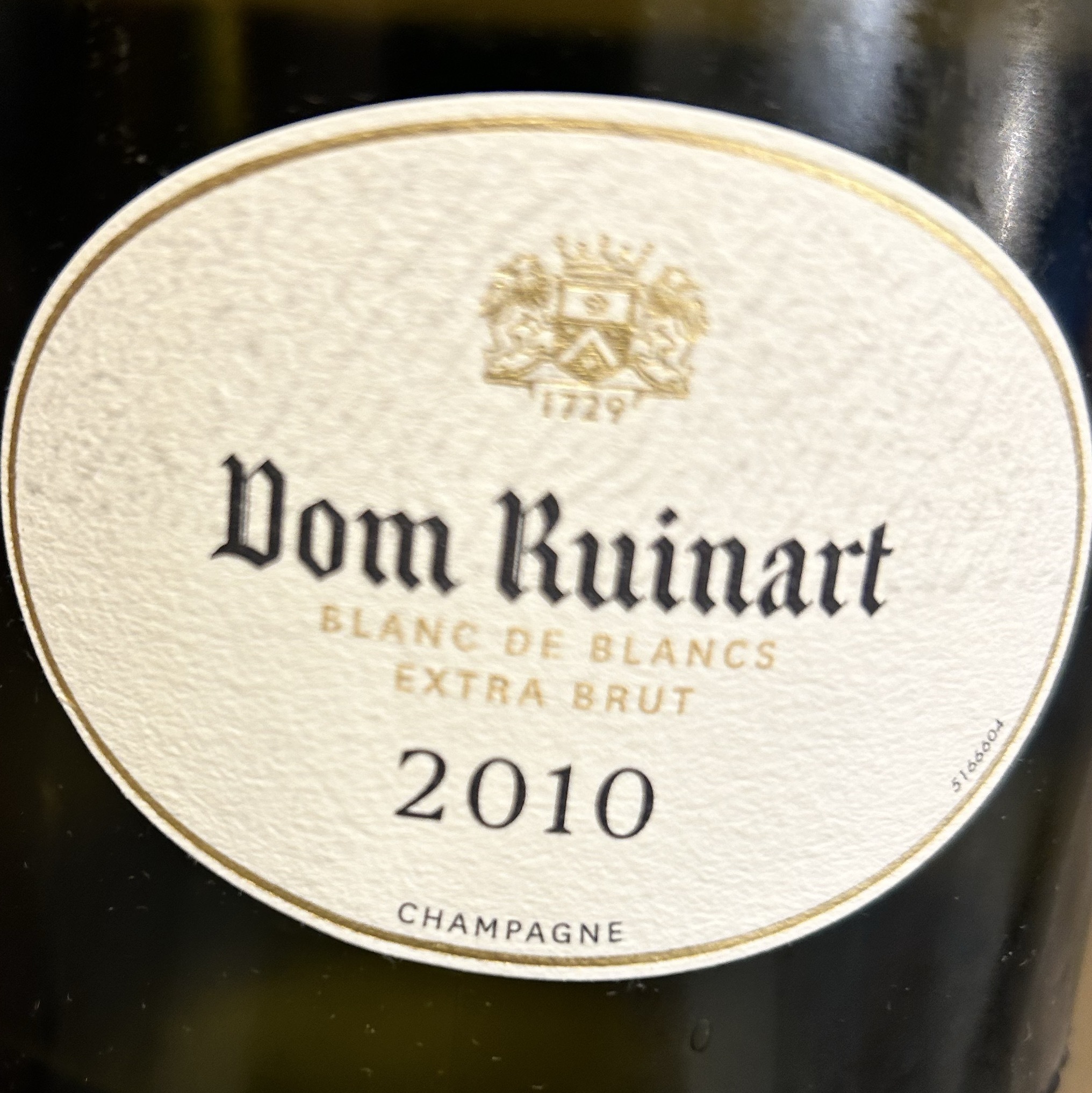Kaze No Mori
Abunaga Sake Brewery
Kaze no Mori WEEKS 2025 Aiyama 607

Memento Mori
Napa Valley Cabernet Sauvignon 2018
Auction buy.
Initial opening - this wine is shut down. No fruit. Very dense and flavors of tobacco, forest floor and dirt.
Some airtime and oxygen really helped this wine. I think it needed at least 2 hours. Then the fruit emerged a bit and the wine softened up to provide a lot more nuanced flavor. — 6 months ago
Yucho Shuzo Co., Ltd.
Kaze No Mori Tsuyuhakaze 507
Kaze no Mori Tsuyuhakaze 507 (風の森 露葉風 507), a seasonal sake from Yucho Shuzo in Nara Prefecture.
Key points:
• Brand / Series: Kaze no Mori (“Wind of the Forest”) is known for ultra-fresh, lightly sparkling sake bottled immediately after pressing.
• Rice: Tsuyuhakaze (露葉風) is a Nara-only heirloom sake rice.
• Polish ratio: The number 507 means a 50 % polishing ratio with yeast No. 7.
• Style: Typically Junmai Daiginjo-grade in polish, but brewed in their unpasteurized, naturally effervescent house style.
This was all part of our Sake Day 2025 experience. We only tasted 60ish sakes out of an estimated 450, so a small fraction of what was available. While I attempted to rinse the glass with water and stay hydrated it’s difficult to fairly rate in this environment and I use it solely as a time to try a wide variety and interact with the brands. — a month ago
Domaine Takahiko
Yoichi-Nobori Passetoutgrain Aihara Pinot Noir Gamay 2015
Takahiko Soga Yoichi Nobori 2015
Domaine Takahiko has two main product lines:
- Nana-tsu-mori: Made from estate-grown Pinot Noir.
- Yoichi-Nobori: Sourced from purchased grapes, usually blends.
This Passetoutgrain is a Pinot Noir and Gamay blend (they also have another cuvée, Ô Lie- a Pinot Noir and Zweigelt blend—which I haven’t tried yet).
My Experience with Nana-tsu-mori
I’ve tried two vintages, both underwhelming:
- 2021: Opened with a distinct animalic/funky note(like barnyard), not the cleanest, but the flavors were interesting—red fruit and a chilly, austere vibe.
- 2018(bought in Japan): Watery and collapsed, with no structure. No idea what went wrong.
Yoichi-Nobori 2015 – A Better Experience
- Aromas: Fragrant at opening, though the bouquet faded after ~2 hours.
- Appearance: Classic natural wine hue, similar to Domaine Prieuré Roch.
- Palate:
- No wateriness(a big plus!).
- Rich fruit, well-structured and layered-like sour plum soup with a hint of licorice and mint.
- A touch of greenness, followed by umami on the finish.
- Acidity:Moderate, well-integrated.
Final Thoughts
This domaine’s wines are hit-or-miss, wildly inconsistent. Given their secondary market prices(which rival grand cru Burgundy), they’re only worth buying at allocation prices. — 4 months ago
Kanpai Wines
Aki no Mori Napa Valley Chardonnay
bright, no oak. first chardonnay i loved, $48 vintners collective in napa — 2 years ago
Yucho Shuzo Co., Ltd.
Kaze No Mori Tsuyuhakaze Junmai Sake
This was all part of our Sake Day 2025 experience. We only tasted 60ish sakes out of an estimated 450, so a small fraction of what was available. While I attempted to rinse the glass with water and stay hydrated it’s difficult to fairly rate in this environment and I use it solely as a time to try a wide variety and interact with the brands. — a month ago
Kaze no Mori
Omachi Junmai Sake 2025
Kaze no Mori (“Wind in the Forest”)
• Brewery: Yucho Shuzo, Nara
• Style: Nama (unpasteurized), often Junmai or Junmai Ginjo
• Profile: Kaze no Mori is famous for being zippy, effervescent, and youthful. Expect a lightly sparkling sensation (微発泡), juicy fruit (pear, muscat grape), and bright acidity. Always unpasteurized, so it shows a raw, lively character. Was pretty sweet for me but a nice sake. — 2 months ago
Podere San Donatino
Poggio Ai Mori Chianti Classico Sangiovese 2019
Stunningly good and a bit underrated on this app. I snagged 3 bottles from MCF Rare Wine since this will no longer be distributed in NYC :( Very Chianti Classico and very rich on the nose. Dark fruits transition to bright, juicy, ripe cherry. Minerals and dried herbs on a veeerrry long finish. Really delicious and an honest, no fuss expression of Sangiovese. 14% abv, organic. I’ll have to resist opening the last 2 bottles. — 4 months ago
Terada Honke
Mori no Uta
Sparkling by chance — 2 years ago







Norman
Name: 風の森 WEEKS 2025 (Kaze no Mori Weeks 2025)
• Rice: Aiyama (愛山) 100%
• Polish ratio: 60%
• ABV: 14%
• Sake type: Junmai Muroka Nama Genshu (純米 無濾過無加水生酒)
• Junmai = pure rice (no added alcohol)
• Muroka = unfiltered
• Nama = unpasteurized
• Genshu = undiluted (though note: 14% ABV suggests a lower-ferment genshu or partial dilution)
• Brew year (BY): 2025BY (brewed August 2025)
• Brewery: 油長酒造株式会社 (Yucho Shuzo Co., Ltd.)
• Location: Gose City, Nara Prefecture (奈良県御所市)
Ok brought this one back from Japan so it’s fresh and a limited release as noted above. It’s got some effervescence which I’m not a huge fan of but seeing in a lot of these fresh ones from Japan. Have not sat long enough to absorb back in. If you have not used ChatGPT with sake you should. It’s really good in answering questions. So this has the typical sake flavor, an effervescence but also a weird yogurt tang which evidently is on purpose since this is unpasteurized. The carbonation kills the creaminess you associate with sour cream and yogurt. From ChatGPT - That “yogurt tang but not creamy” description is dead on for fresh Aiyama-based nama. What’s happening chemically is a short-chain lactic ester (mainly ethyl lactate) blending with residual malic acid from the yeast, plus the carbonic lift. The effervescence doesn’t just tingle — it changes how your tongue perceives acidity, pushing that faint yogurt note forward while stripping away the creaminess you’d feel in a heavier sake. So instead of the rounded nama-zake lactic feel, you get something sharper — like unsweetened kefir water or sparkling Calpis.
That’s part of what Kaze no Mori aims for with their Weeks bottlings — letting you taste the micro-volatility of live sake mid-fermentation, before pasteurization smooths it out. It’s not a flaw; it’s an intentional snapshot of the fermentation in motion.
If you swirl it gently and let it sit 10–15 minutes, you’ll notice the carbonation dissipate and that tang retreat into the background, revealing more of Aiyama’s core character — ripe pear, steamed rice sweetness, and faint white flower. But if you like that “what is that?” moment — slightly wild, slightly sparkling, tang balanced by fruit — it’s best drunk exactly as you’re having it now. Cold (right out of the fridge, say 5–8°C) locks in the CO₂ and accentuates that “live” edge — the effervescence plus that lactic-malic twang that feels more like tangy minerality than cream. At that temp, Aiyama’s natural softness is suppressed, so what comes through is this precise, slightly electric sensation — like pear skin + Greek yogurt + soda water. If you let it rise toward 12–14°C, the CO₂ eases, sweetness unfolds, and the tang will start to blur into a gentler rice-fruit tone.
Because this bottle is both muroka (unfiltered) and nama (unpasteurized), it’s carrying a small live microflora load — you’re literally tasting that tension between residual yeast enzymes and trapped gas. It’s why the first sip is so vivid and almost curious — not quite sour, not quite sweet, but alive. — 17 days ago